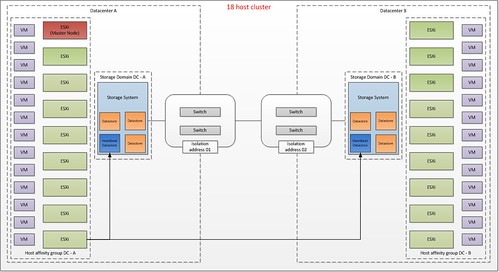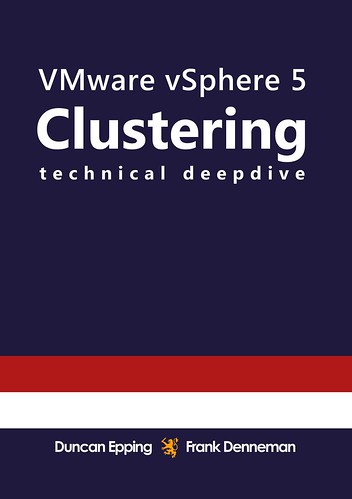It took us a while to figure this one out, but finally we managed to create a proper epub version of our book. Converting from Kindle to iBooks / Nook is not easy, but after using multiple tools and manually editing the book using Sigil we managed to create version which was submitted to the iBooks store and Barnes & Nobles a couple of weeks ago. This morning I noticed that the book has been made available. So for all those who have been asking about it, here are the links:
We hope you will enjoy it!

